- Product
- Solution for
For Your Industry
- Plans & Pricing
- Company
- Resources
For Your Industry
In today’s competitive market, pricing strategies are crucial for businesses aiming to maximize profits and cater to diverse customer bases. One such strategy is geographical pricing, which involves adjusting prices based on the buyer’s location. This article explores the definition, strategies, advantages, and disadvantages of geographical pricing, providing practical examples to illustrate its application.
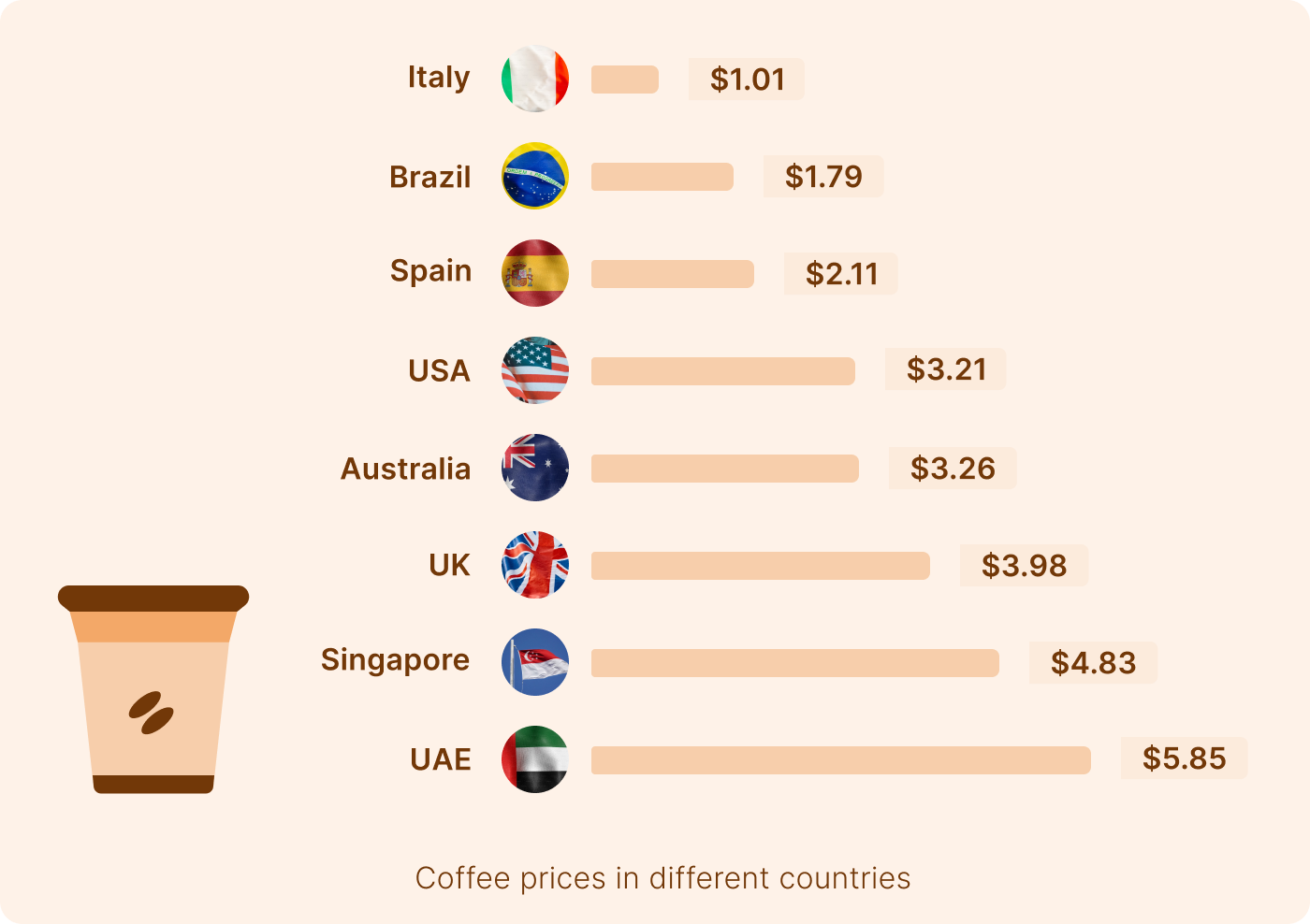
Is a pricing strategy that adjusts the prices of products or services based on the geographical location of the buyer. This approach considers factors such as shipping costs, market competition, local taxes, and the customer’s willingness to pay.
By leveraging this pricing strategy, companies can enhance profit margins and boost sales in low-cost markets.
Several core types of geographical pricing illustrate how businesses implement this strategy:
Zone Pricing
Zone pricing involves setting different prices for the same product in different regions based on shipping distances. For example, a company manufacturing products in the Midwest might create pricing zones across the United States. Customers in nearby zones would pay lower prices due to reduced shipping costs, while those further away would incur higher prices.
FOB (Free on Board) Pricing
In FOB pricing, the buyer assumes responsibility for shipping costs from the point of origin. For instance, a storefront in Chicago purchasing goods from a supplier in New York would bear the shipping expenses. This strategy shifts the cost-related responsibility to the buyer, integrating shipping costs into the product’s final price.
Freight-Absorption Pricing
Freight-absorption pricing occurs when the seller absorbs shipping costs to expand their market reach. For example, a manufacturer looking to penetrate a new region might cover shipping expenses to attract customers. This approach reduces the buyer’s financial burden and can facilitate market expansion.
This Pricing Strategy offers several advantages that enhance a company’s market position:
Localized Pricing
By setting prices based on local demand and currency, businesses can cater to regional preferences, making products more appealing to customers.
Competitive Advantage
Localized pricing provides a competitive edge, as customers are more likely to purchase products priced in their familiar currency and aligned with local market conditions.
Consumer Insights
This pricing strategy enables companies to gain insights into regional consumer behavior, allowing for more accurate pricing decisions and minimizing losses.
Advantages:
Disadvantages:
Geographical pricing is a strategic approach to setting product prices based on regional factors. It allows companies to optimize profits, appeal to specific customer bases, and manage shipping costs effectively. However, businesses must navigate the complexities of local regulations and bookkeeping to fully benefit from this strategy.
Factors include shipping costs, local market competition, regional taxes, and customer willingness to pay.
Industries such as agriculture, manufacturing, and software development frequently utilize geographical pricing strategies.
Consumers benefit from prices tailored to their local market conditions, often resulting in fairer pricing and improved product accessibility.
Yes, if not managed carefully, geographical pricing can lead to customer dissatisfaction if customers in different regions compare prices and perceive them as unfair.
Companies can use advanced accounting software that supports multi-currency transactions and regional pricing variations to streamline bookkeeping processes.
Companies must adhere to local pricing laws, including anti-discrimination regulations and tax compliance, to avoid legal issues.
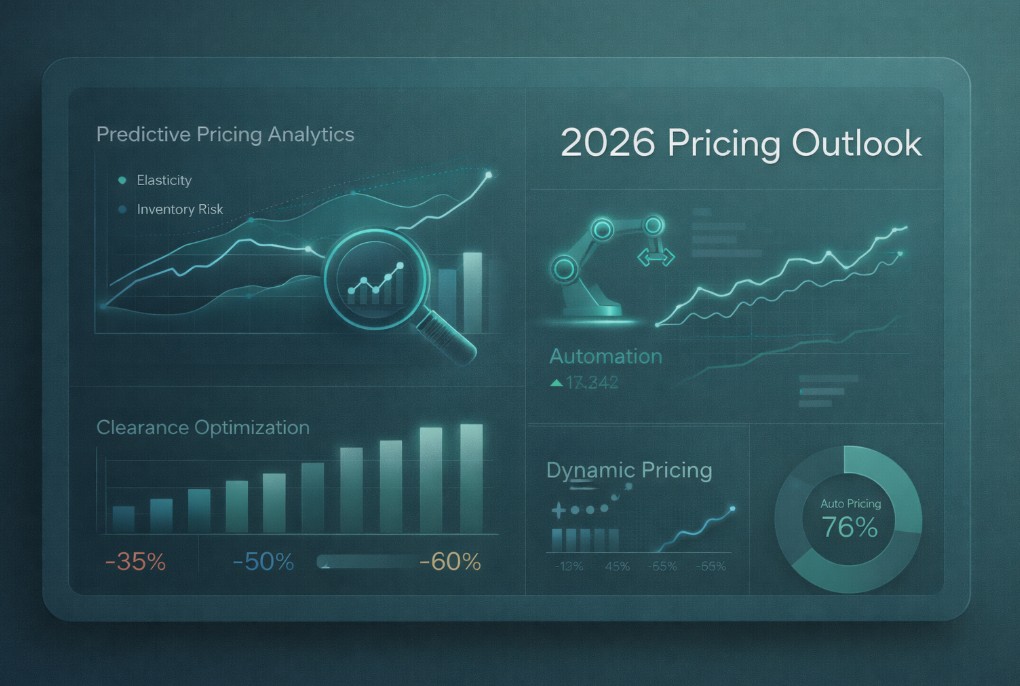

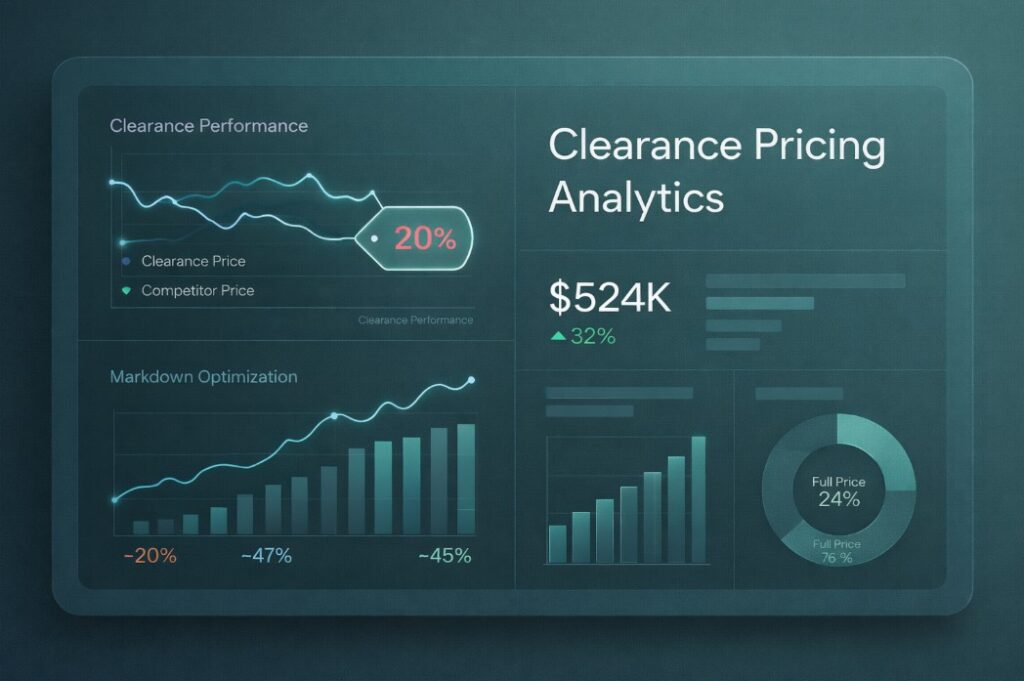
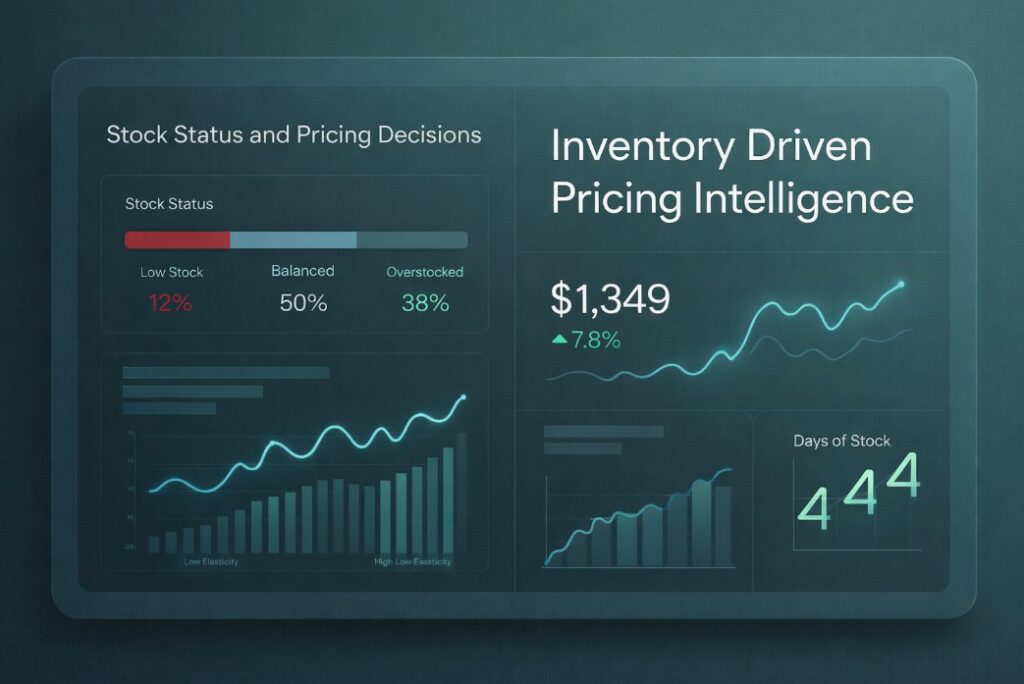
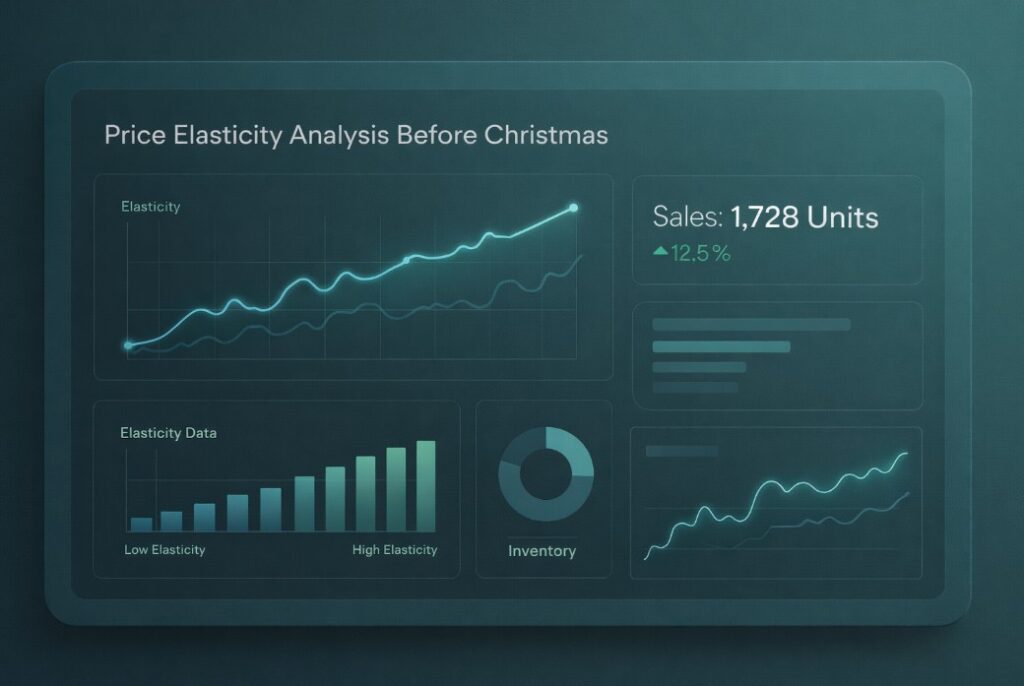
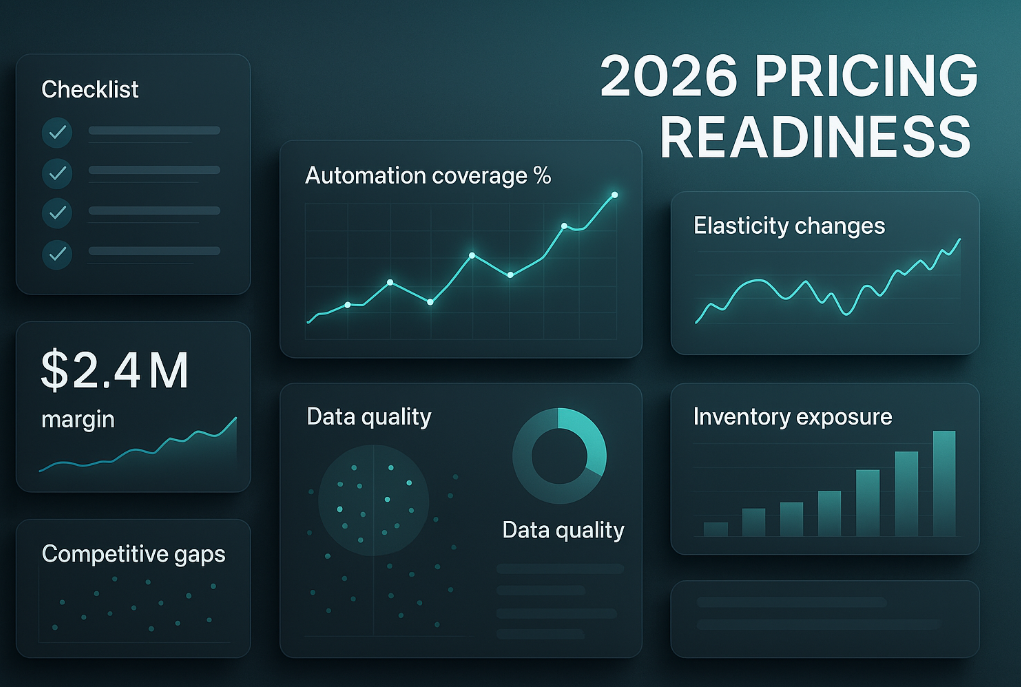
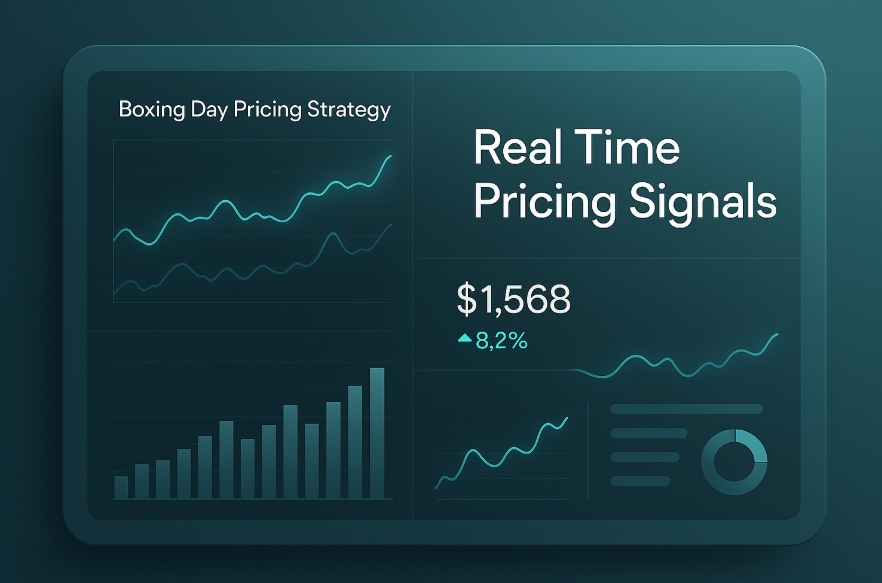






Missing an important marketplace?
Send us your request to add it!